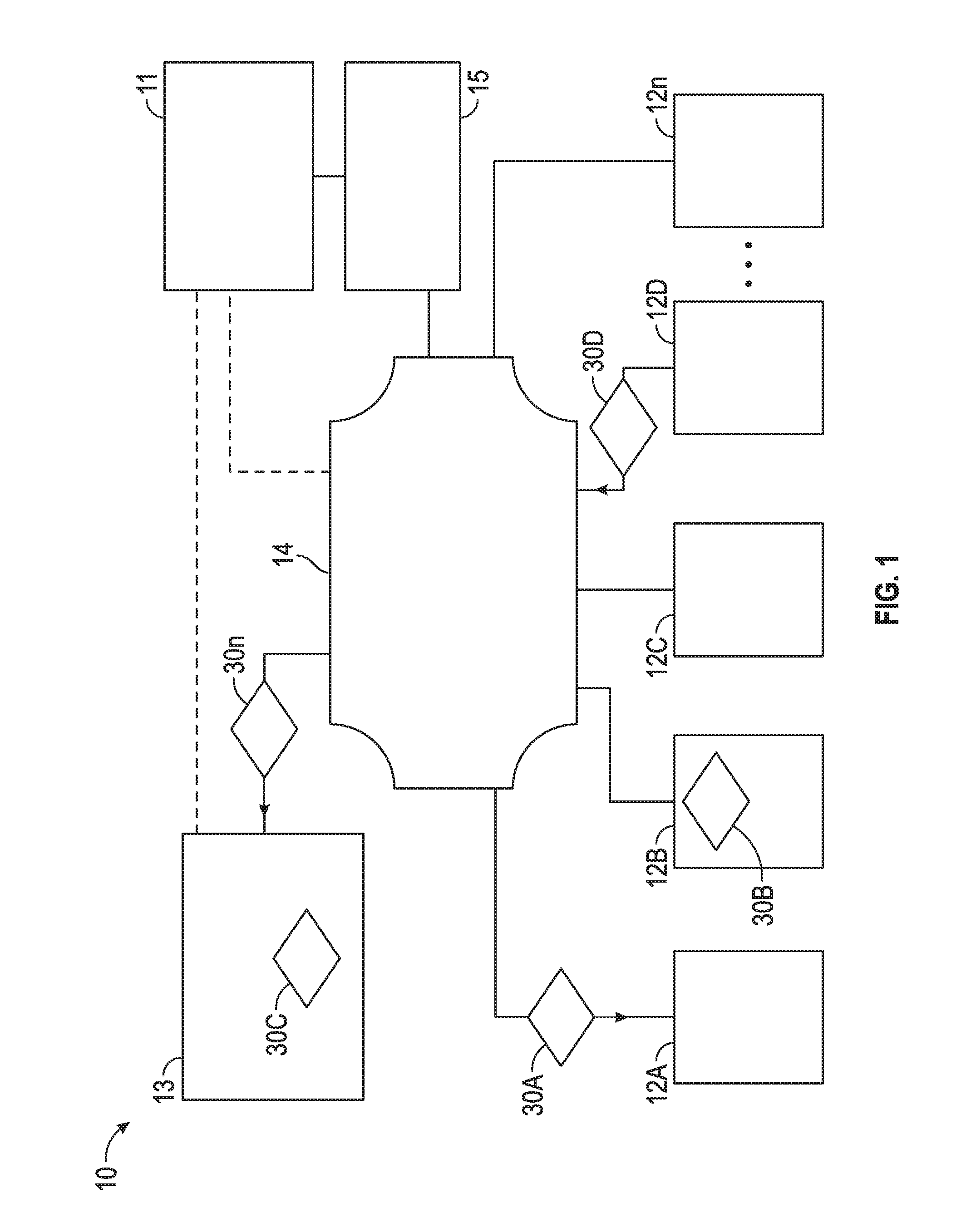System and method for parallel processing using dynamically configurable proactive co-processing cells
a co-processing cell and dynamic configuration technology, applied in the field of parallel processing, can solve the problems of large cpu bandwidth consumption, co-processors often remain idle, multi-processing approaches, etc., and achieve the effect of facilitating interoperability between cpu and co-processors
- Summary
- Abstract
- Description
- Claims
- Application Information
AI Technical Summary
Benefits of technology
Problems solved by technology
Method used
Image
Examples
Embodiment Construction
[0022]Various embodiments relate to parallel processing computing systems and environments, from simple switching and control functions to complex programs and algorithms including, without limitation: data encryption; graphics, video, and audio processing; direct memory access; mathematical computations; data mining; game algorithms; ethernet packet and other network protocol processing including construction, reception and transmission of data the outside network; financial services and business methods; search engines; internet data streaming and other web-based applications; execution of internal or external software programs; switching on and off and / or otherwise controlling or manipulating appliances, light bulbs, consumer electronics, and the like, e.g., in the context of the Internet-of-Things.
[0023]Various features may be incorporated into any presently known or later-developed computer architecture. For example, parallel processing concerns relating to synchronization, dat...
PUM
 Login to View More
Login to View More Abstract
Description
Claims
Application Information
 Login to View More
Login to View More - R&D
- Intellectual Property
- Life Sciences
- Materials
- Tech Scout
- Unparalleled Data Quality
- Higher Quality Content
- 60% Fewer Hallucinations
Browse by: Latest US Patents, China's latest patents, Technical Efficacy Thesaurus, Application Domain, Technology Topic, Popular Technical Reports.
© 2025 PatSnap. All rights reserved.Legal|Privacy policy|Modern Slavery Act Transparency Statement|Sitemap|About US| Contact US: help@patsnap.com



